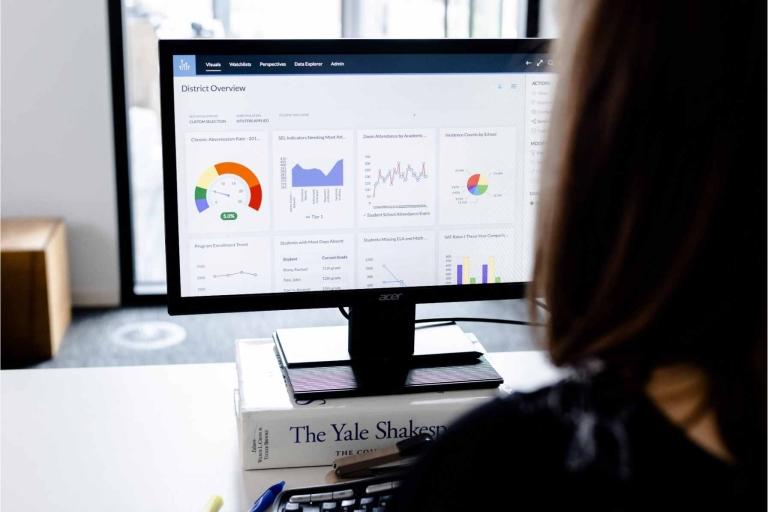Big data already influences many aspects of our lives, from how we navigate city streets, to health care delivery, to the shows we watch on TV. In higher education, big data is being used to target programs to prospective students, and to increase student satisfaction and retention by bringing the right mix of campus services and resources to bear.
The challenge is, when it comes to the learning experience, student engagement and success are often shaped as learning unfolds—from activity to activity, and from class to class. And increasingly, it is the quality of this learning experience that students are using to evaluate the value of their higher ed investment.
To meet the evolving expectations of today’s students, what educators need most are actionable insights, or ‘small data,’ made available in real time that they can use to enhance learning in the moment and connect more meaningfully with students.
What’s Old is New Again
Great teaching has always been based on human connection and the use of qualitative and quantitative insights to challenge and support students. Yet as class sizes have increased, the old Socratic method of asking and answering questions to connect with students, stimulate thinking and assess comprehension has become less and less feasible. But without these feedback loops, it’s impossible for educators to create the conditions for more students to thrive.
The use of ‘small data,’ however, is offering new opportunities to institutions and educators alike. Collected through digital learning tools, innovative educators are using ‘small data’ to improve the learning experience, not just over time, but in the moment itself. As institutions grapple with flagging enrollments, demonstrating to students that they are learning and getting value from their higher ed investment is more important than ever. Harnessing the power of ‘small data’ may just hold the answer to addressing these and other challenges.
Better Insights, Better Learning
Providing real-time signals and insights is at the heart of how the Top Hat teaching and learning platform helps faculty create effective feedback loops, improve engagement and enable better student outcomes in even the largest classes.
For example, before class, Top Hat offers digital textbooks which students can access on any device. Because readings are interactive, students can self-assess as they go by reading a little and then doing a little, while professors know who actually read the material and whether they understood it. Interactive homework assignments offer similar opportunities to keep a pulse on the learning experience outside of class.
In class, lectures come to life through polls, quizzes and discussions that allow instructors to gauge student progress and course correct based on real-time student feedback. Meanwhile, Top Hat’s community-building tools help instructors understand whether students are feeling that sense of belonging that is so important to success in higher education.
Every interaction—attendance, participation, readings, assignments, test results—is tracked automatically, giving instructors the insights to not only course correct on a lesson plan, but provide richer coaching, guidance and mentorship to students.
What’s getting in the way of students being able to participate in classes as fully as possible? Do students feel part of a learning community? Are they engaged? Do they feel their experiences are moving them toward their long-term goals? Instructors can now answer these questions at a glance. By surfacing insights across the learning experience, we can better address student needs around access, belonging and engagement to not only meet but ideally surpass their own definitions of value.
Data-Empowered Faculty
College educators are enormously influential for students in determining their perception of the value of their education, and whether to persist when inevitable difficulties arise. The good news is that real-time insights into performance and student engagement can help educators identify early signs of struggle and more easily scale feedback, mentorship and support for individuals. Armed with the right tools, we can turn every course, regardless of its size or how it is delivered, into places where individual students feel known, understood and supported.
Interested in learning more about how faculty and institutions like Penn State are using ‘small data’ to enhance learning at a class, course and program level? Attend the Top Hat talk, “Teaching with Insight: Embracing the Power of ‘Small Data’” and visit our virtual booth!
Related Content
 inst-3step.jpg
inst-3step.jpgBlogs
 13lmsfeaturesthatbenefitstudentlearning.jpg
13lmsfeaturesthatbenefitstudentlearning.jpgBlogs
 community-homepage.jpg
community-homepage.jpgBlogs
